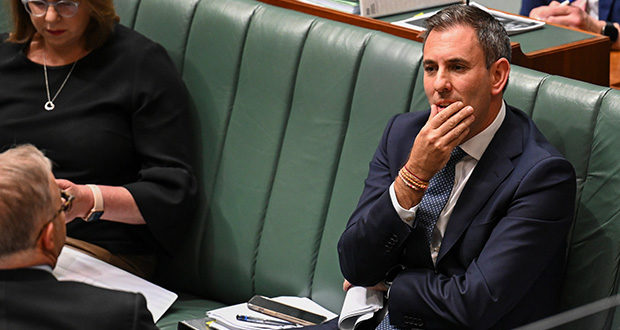A raised Medicare levy could help address mounting deficits facing aged care providers, industry experts have said.
Quarterly StewartBrown reports continue to show the aged care sector is struggling, with 67 per cent of providers losing money.
The Royal Commission 2021 report said the government can allow for a consistent cash flow into the aged care sector if it increased the Medicare levy.
Yet, aged care advocate Paul Sadler said the Labor's recent budget left major long-term financing issues unresolved.
"We need to be looking at a Medicare-style aged care levy to solve the industry's unsustainability," Sadler said.
"Unfortunately, the Morrison government rejected this and Labor's recent budget also doesn't support funding for it.
"So, I'm hoping their next budget in May will show some provision for that."
Currently, 2 per cent of the money from tax-paying Australians is funnelled towards Medicare.
In the Royal Commission's final report, it was estimated that reform to the aged care sector would need funding of up to $2 billion over four years, depending on the 'ambition of the reform.'
To meet the costs, it suggested the Medicare levy should be increased between 0.1 to 0.65 per cent, costing taxpayers up to $610 a year.
UNSW Sydney's Professor Michael Sherris said a new system needs to be in place soon if the Albanese government wants to meet the ageing population's growing costs.
"We need to put in place a system that will generate more funding from individuals," he said.
"The government needs to find a different way to fund aged care reform if they want to have the resources because it's currently unsustainable.
"People paying a levy during their working life would help meet the costs of age care."
It's projected that older people will make up to 23 per cent of the Australian population by 2066.
People also live longer – Australians aged 65 in 2020 are expected to live up to another 23 years, with an expected death of around 88 years.
Still, most people will need aged care services around age 65 due to the rising prevalence of health conditions such as dementia and heart diseases.
The two main ways the government can generate more money to fund aged care are by raising taxes or increasing the contributions of individuals using its services, according to Sherris.
"Individuals who are retiring have more resources from their superannuation over the future years," he said.
"So, through private insurance arrangements or through their contributions, more money has to go into aged care to prepare for the upcoming decades."
Whether we can expect a tax increase soon depends on the government's response to population trends in the future, Sherris said.
"The government's facing increasing costs of a rapidly ageing population that'll require more [medical] assistance, but there's no doubt these trends will impact the cost of the medical and aged care system.
"Simply raising taxes in the future is not going to cut it – it's necessary to somehow pre-fund the system now, from an intergenerational perspective as well.
"It's probably not going to happen during their first term of office, but they're certainly aware."
Do you have an idea for a story?Email [email protected]
 Aged Care Insite Australia's number one aged care news source
Aged Care Insite Australia's number one aged care news source

